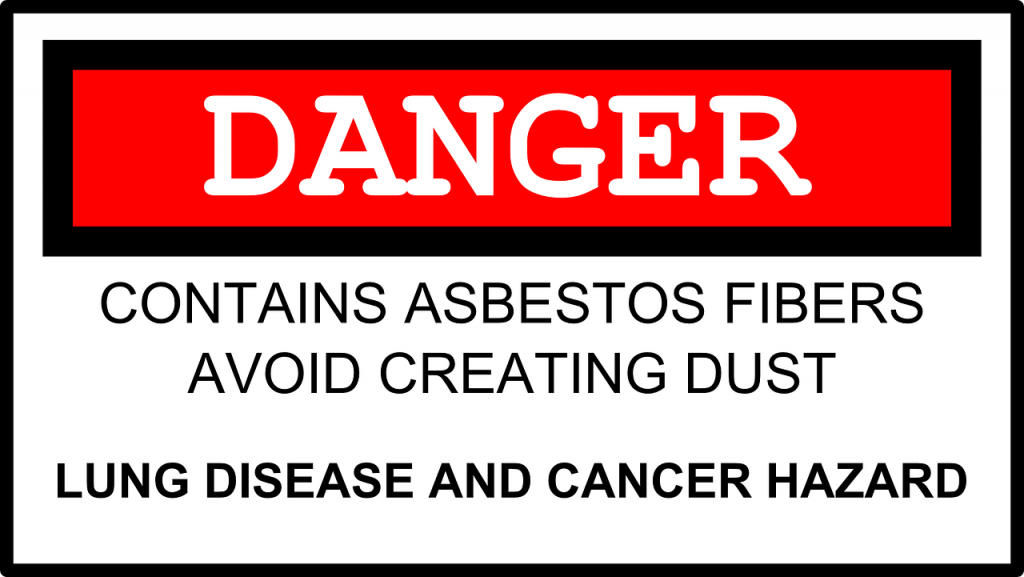
What is an Asbestos Inspection?
An asbestos inspection is when a building, property or facility is inspected for the existence of asbestos-containing material, better known as ACM. Asbestos supplies were extremely popular between the years 1950 to 1980. Basically, any building that was built before 2000 most likely contains asbestos (by the year 2000 asbestos were banned). It is a requirement by The Control of Asbestos at Work Regulations that asbestos material is acknowledged. Asbestos inspections are vital because if an unintended disturbance of asbestos is detrimental to a person’s health. In fact, in the UK it is the largest cause of work related deaths. Management asbestos inspections is a survey that is needed for standard building occupation. This inspection is generally non-intrusive and it locates asbestos containing supplies that could be troubled by normal activities. Another type of inspection (see asbestos consultant Sydney) is the refurbishment and demolition asbestos survey. If construction work is needed, then the refurbishment and demolition asbestos inspection is needed. The survey is mandatory in all areas affected by the construction work. Remodels, upgrades, demolition to buildings or refurbishing buildings require the inspection.
Materials
There are some commonly used materials that might contain asbestos before the year 2000 and may presently release fibers. Some of the most common materials include boilers and furnace ducts, steam pipes, select hairdryers, ironing board covers, fireproof gloves, certain flooring, and the list goes on. A watchful eye must be kept on common items to make sure the release of asbestos does not happen. If damage is done to the materials there is a possibility that asbestos fibers will be released. Another common material is strong floor tiles. Asbestos could be in the backing of vinyl sheet flooring and the adhesives used. Scraping and sanding the flooring can result in the release of asbestos. Repairs to walls and ceilings such as joint compounds and patching may also release asbestos fibers. There are even more common items such as household products that should be watched out for too. Own an automobile? Make sure to look out for the clutch facings, gaskets, brake pads, and linings.
Repairs
Trying to do slight repairs yourself is not recommended, since unsuitable care of asbestos materials can produce a hazard that was none existed. Asbestos professionals are trained in treatment asbestos material and should be called in to inspect and handle the asbestos. If you must do the repairs yourself then extensive research should be done along with contacting your local health department. Now, if a training program is completed still do not try anything bigger than a small repair. A rule of thumb is if the area that needs to be fixed is bigger than your hand then it is not considered a minor repair. Professional handling is still recommended. The expert will be contingent on the type of material and what should be done to fix the issue. A basic asbestos contractor may be able to repair the issue. If not, then a professional skilled to handle exact products containing asbestos will need to be hired. After the assessment the specialist will advise of what corrections are needed.

